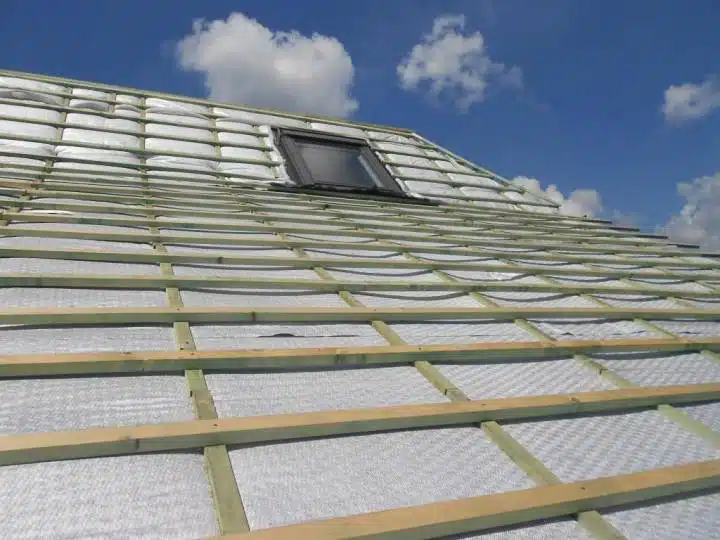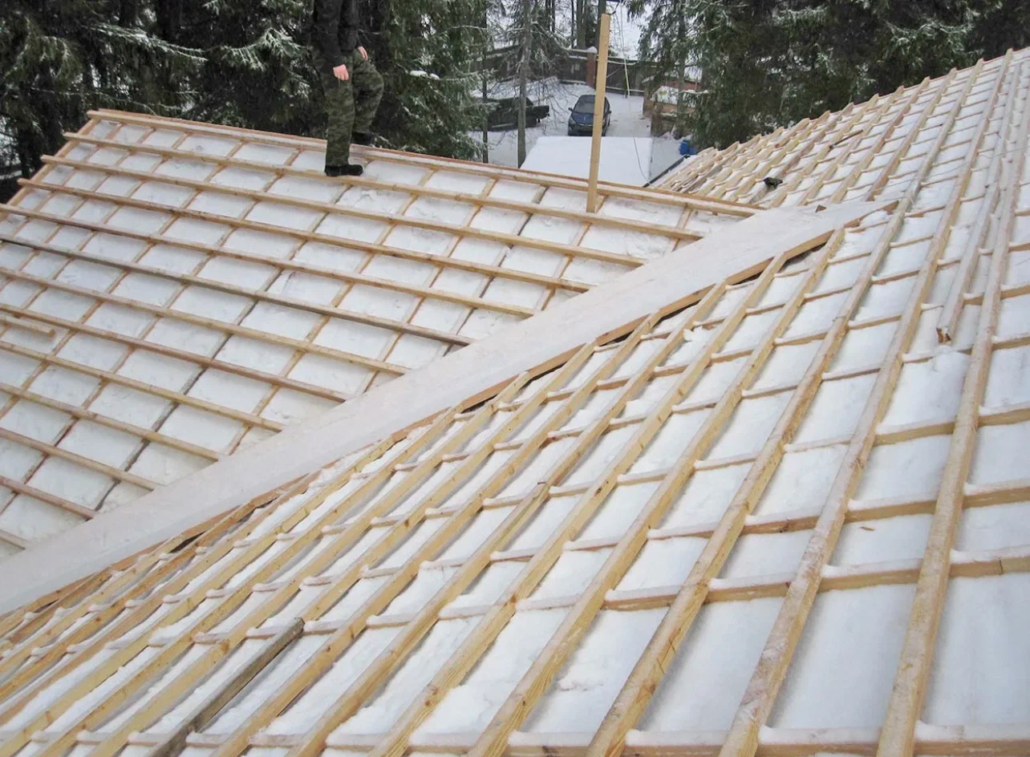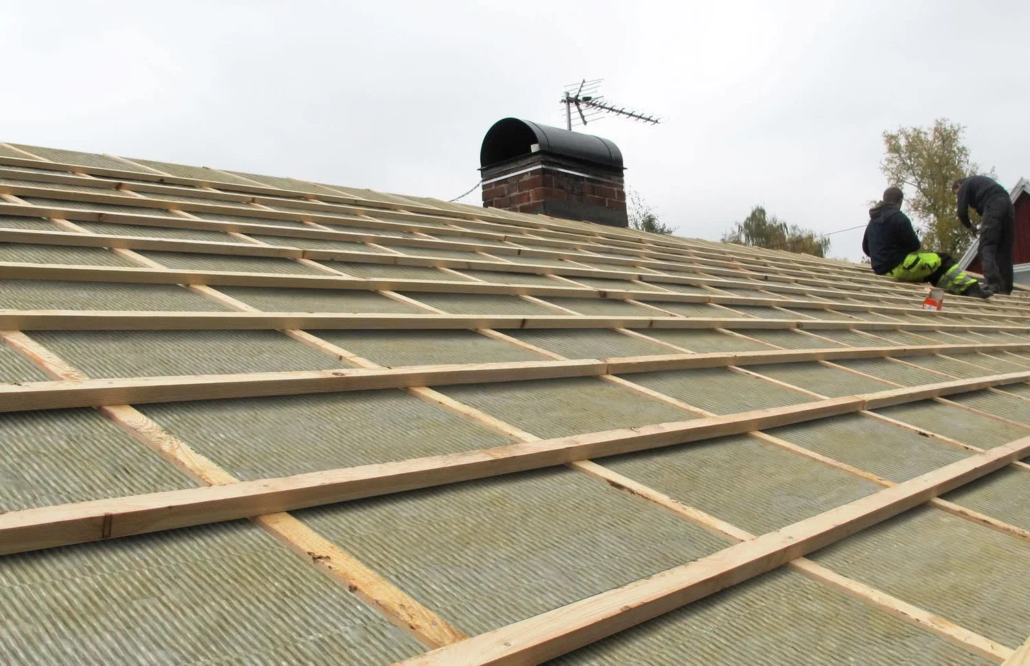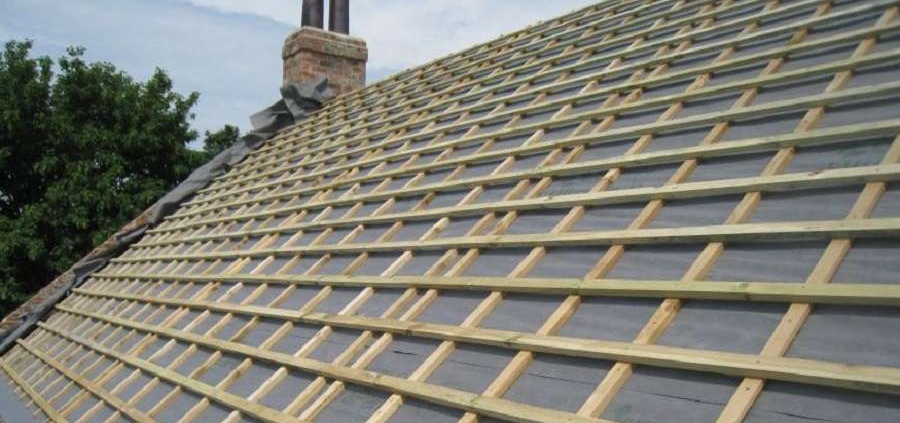The Long-Term Protective Benefits of Membrane Roofing Systems
Modern property owners face increasing challenges when it comes to protecting buildings from water damage, temperature fluctuations, and structural deterioration. Professional membrane roofing systems have become a reliable solution for both residential and commercial properties, offering durability, weather resistance, and low maintenance over time. This article explores how these systems protect buildings, why they outperform traditional roofing in long-term scenarios, and what factors influence their effectiveness.
How Membrane Roofing Systems Protect Buildings Over Time
Membrane roofing systems are designed to prevent water infiltration, resist UV damage, and maintain structural performance over decades. These systems use synthetic materials like TPO, PVC, and EPDM, which are engineered to handle long-term exposure to heat, rain, wind, and ice. By forming a continuous barrier over the roof deck, they minimize leaks and extend the roof’s lifespan beyond that of many traditional roofing materials.
Waterproofing and Leak Prevention
The primary function of membrane roofing is to provide a watertight seal. Unlike asphalt shingles or built-up roofing, membranes reduce seam weaknesses and eliminate gaps where leaks typically form.
- EPDM membranes are rubber-based and flexible, making them resistant to cracking.
- PVC membranes incorporate heat-welded seams, creating a secure, watertight bond.
- TPO membranes combine strength with reflective properties, limiting both leaks and thermal stress.
UV and Weather Resistance
Membrane systems are engineered to withstand direct sunlight, extreme temperatures, and prolonged moisture. UV resistance prevents material breakdown, while flexibility allows the roofing to expand and contract without surface damage. This adaptability contributes to their long-term resilience in different climates.

Comparing Membrane Roofing to Traditional Roofing Systems
Property owners often weigh membrane roofing against asphalt, metal, or built-up systems. The differences in durability, cost over time, and energy performance make membranes a strong alternative for both commercial and residential use.
Table: Membrane Roofing vs. Traditional Roofing Systems
| Feature | Membrane Roofing Systems | Asphalt Roofing | Metal Roofing | Built-Up Roofing |
|---|---|---|---|---|
| Average Lifespan | 20–30+ years | 15–20 years | 30–50 years | 15–20 years |
| Waterproofing Effectiveness | High | Moderate | High | Moderate |
| UV/Heat Resistance | High | Low | High | Moderate |
| Maintenance Requirements | Low | Moderate | Moderate | High |
| Energy Efficiency Potential | High (reflective options) | Low | Moderate | Low |

Energy Efficiency Advantages of Membrane Roofing
Beyond structural protection, membrane roofing systems offer energy-saving benefits. Many systems are manufactured with reflective surfaces that reduce heat absorption, lowering cooling costs in commercial and residential buildings.
Reflective Cooling Benefits
White or light-colored membranes reflect solar heat, preventing excessive indoor temperatures. This reduces the strain on air conditioning systems and supports sustainability efforts.
Insulation Compatibility
Membrane roofing pairs effectively with added insulation layers, further improving energy efficiency. This integration ensures consistent indoor comfort and reduces seasonal energy fluctuations.
Longevity and Maintenance of Membrane Roofs
The long-term protective benefits of membrane roofing are tied directly to their durability and low maintenance requirements. When installed correctly, these systems require minimal repairs compared to other roofing options.
Routine Maintenance Needs
Regular inspections and minor seam checks help extend the lifespan of membranes. Unlike traditional roofing, which may need frequent patching or replacement, membranes typically require only limited upkeep.
Cost Over Time
Although the upfront cost of a membrane system may be higher, the extended lifespan and reduced repair frequency often make it more cost-effective across decades.
Common Types of Membrane Roofing and Their Strengths
Different types of membranes are suited for varying property needs. Understanding their individual advantages helps property owners make informed decisions.
EPDM (Ethylene Propylene Diene Monomer)
EPDM is a rubber-based membrane known for flexibility and resistance to extreme weather. It is particularly useful in colder regions where freeze-thaw cycles occur.
TPO (Thermoplastic Polyolefin)
TPO combines durability with energy efficiency, featuring reflective surfaces that reduce cooling costs. It is commonly used in commercial flat roofing applications.
PVC (Polyvinyl Chloride)
PVC roofing offers superior waterproofing through heat-welded seams. It also resists chemical damage, making it suitable for industrial facilities.

Conclusion
Membrane roofing systems provide property owners with reliable, long-term protection against water infiltration, UV damage, and structural wear. Their durability, low maintenance requirements, and energy efficiency make them a practical choice for both commercial and residential buildings. By investing in a membrane system, property owners can secure lasting protection while reducing long-term costs. Whether through EPDM, TPO, or PVC solutions, these roofing systems continue to stand out as a proven option for safeguarding property value and performance.
Visit us: https://allfoamandinsulation.com/?utm_source=backlink
FAQs
How long does a membrane roofing system last?
Most membrane systems last between 20 and 30 years, depending on the material and climate conditions. Regular inspections can extend this lifespan further.
Are membrane roofs suitable for residential properties?
Yes. While often used in commercial applications, membrane systems are effective for residential flat or low-slope roofs due to their waterproofing and durability.
Which type of membrane roofing is best for hot climates?
TPO and PVC membranes are ideal in hot climates because of their reflective surfaces, which help reduce heat absorption and cooling costs.
Do membrane roofs require frequent maintenance?
Maintenance needs are low compared to traditional roofing. Annual inspections and minor seam checks are usually sufficient to keep the system in good condition.
Can membrane roofing improve energy efficiency?
Yes. Reflective membranes reduce cooling demands, while insulation layers beneath the membrane support energy savings in both summer and winter.
Reviewer: Lily Johnson offered her feedback after reviewing this post. With 8 years in the spray foam insulation field, her suggestions centered around improving outreach to homeowners looking for quality insulation solutions.



Leave a Reply
Want to join the discussion?Feel free to contribute!